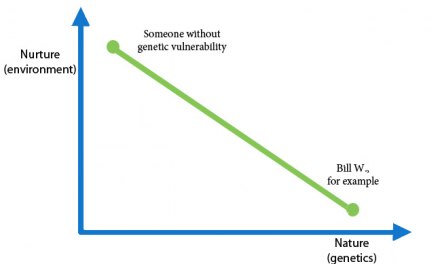In our area there’s a shortage of inpatient rehab beds for people without money. Waiting lists are over a month, just for a thirty day program. We’re pretty good at keeping the patient engaged in outpatient while they wait, but some of them are just hanging on by their thumbs and many others just fall by the wayside before the bed comes up. I bet we’re not the only ones in this predicament.”
You’re sure not. Public-funded inpatient beds are in short supply in a number of areas. You’re right to try to keep the patient engaged during an extended wait, and it sounds like you’re working hard at it. Still, it can be a real challenge. I have no solution.
Let me bring up one possibility, however. Have you established close relationships with the intake staff at the local inpatient provider? Make sure you call frequently to check on bed availability. Waiting lists can seem a lot longer than they actually are. Many of the folks ahead of your client aren’t sitting by the phone awaiting a call — they’re out and about somewhere. If they can’t be reached, your client can move up the list quickly.
Don’t forget there may be priority access for priority cases — pregnant females, of course, but also folks with co-occurring disorders, IV drug users, persons with diabetes, HIV or hypertension, mothers with young children at home, and so on and so forth. It’s not unusual for the state Health Department to have special policies concerning those priority populations, as part of their health initiatives. Persons with upcoming court dates can sometimes qualify as priority admissions as well, due to the requirements of the Court.
If your inpatient provider determines eligibility using ASAM patient placement criteria, don’t forget to describe the patient’s need in those terms. Makes your case a little stronger by making their job a little easier.














Trackbacks/Pingbacks